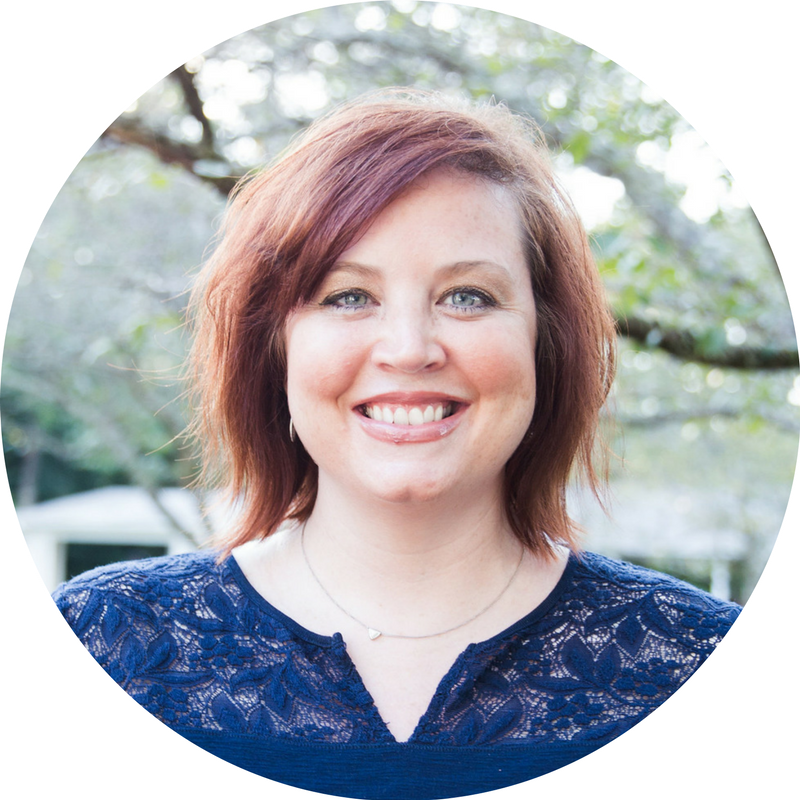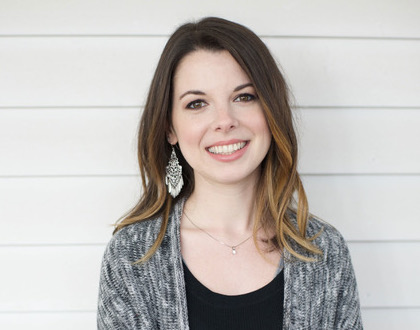Each month, I invite guest contributors to speak about timely, relevant, and sought-after topics that are important for cause-focused organizations like yours to be aware of as you grow. For November, I've invited my friend, Sarah Bragg of the Surviving Sarah podcast, to tell us all about the how, why, trends, and strategies of podcasting. I know a lot of you listen to podcasts, and maybe even wonder if you should start one. Here's what Sarah has to say.
Q. What are the latest trends in podcasting?
A. Five years ago, many of us couldn’t name a podcast, or maybe we didn’t even know what a podcast was. And now, 350 new podcasts start every day. There are currently over 250,000 unique podcasts on iTunes and 42 million Americans listen to a podcast each week. That last number represents 15% of the population and, for comparison sake, only 3% of the population goes to the movies each week.
As content consumers, we are hungry to find ways to consume content in a faster way, and podcasts resolve that tension for us. We no longer have to sit in front of a screen to read or even watch something. We can now consume content while exercising, running errands, folding laundry, or hiding in the closet from our kids.
As you can see from these stats, podcast consumption is a steady growth of opportunity to reach and influence your audience.
Q. What is the biggest mistake you see people making in regards to podcasting?
A. I think that one of the biggest mistakes I see people make in the podcast industry is jumping in without ever clarifying the "why." They fail to ask some important questions in the beginning. Is this just a hobby or will you treat it like a job (even if it doesn’t pay yet)? Either answer is fine, but it defines your approach. What is your purpose in starting the show? What do you want the audience to receive as a result of listening to the show? Many people fail to sit down and think through the nature of their show. Without clarifying those answers, some shows trail off after some time because even though hosting a show can be convenient, it is also time consuming.
Knowing the answers to those questions pushes me to create content in certain ways. It helps me think through why I do what I do; what kind of ads I’ll allow on the show; and encourages me when comparison wants to steal my joy.
Q. What is your best piece of advice to people thinking of starting a podcast?
A. One of my favorite podcasts is Off Camera with Sam Jones. Each week, Sam sits down with a different celebrity to hear their story of how they started and how they came to where they are now. And one of my favorite episodes is his interview with Will Ferrell. At some point in the interview Will said, “Forgetting to have fun is the first step towards disaster.” That was it for me. Podcasting is meant to be fun, encouraging, and entertaining. It’s an easy platform to literally speak into someone’s life. And yes, we need to clarify why we do it, but we also need to remember to have fun. I’ve been podcasting for two years now. I don’t get a full-time salary, but I still have fun each time I sit down to have a conversation around my table.
Q. What is one thing readers can take action on this week?
A. No matter which end of the spectrum you are on, decide this week to investigate some podcasts. As leaders, innovators, and people who care deeply for others, podcasts are great for you personally. There are many shows out there that can encourage you through their stories of starting social enterprises or nonprofits, or of working to make a difference in the world. Allow their stories to inspire what you do.
And podcasts can also be a piece of your marketing puzzle. Maybe you can speak into a certain niche, so starting a show might be beneficial. Or maybe advertising on certain show would help get your business in the ears of new listeners. Or maybe you could be a guest on a show in order to promote what you are doing. The possibilities are endless.
Q. Anything else we should keep in mind?
A. If you are thinking about starting a podcast, my friend Jacey Verdichio created an excellent resource to walk you through everything you need to know from clarifying your why to launching in iTunes.
Terrific information. Thanks, Sarah!
And if you're in need of a few more convincing stats on podcasts, check out this infographic. It's pretty compelling!
Sarah Bragg launched a successful podcast, Surviving Sarah, in 2015 where she invites guests to join her around her kitchen table to talk about surviving life so that women will be inspired, informed, encouraged and entertained.
In addition to that, she is an author, speaker and content director for Orange. She and her family reside in Marietta, GA.
PIN THIS POST FOR LATER:
I'm Kristi Porter, and I started Signify to provide writing, consulting and strategy services to nonprofits and for-profit organizations with a social mission, primarily through copywriting, marketing, and business communications. I believe that cause-focused organizations like yours are the future of business. You're proof that companies can both make money and do good. And I'm here to help you get noticed and grow. When you succeed, we all win.




















































